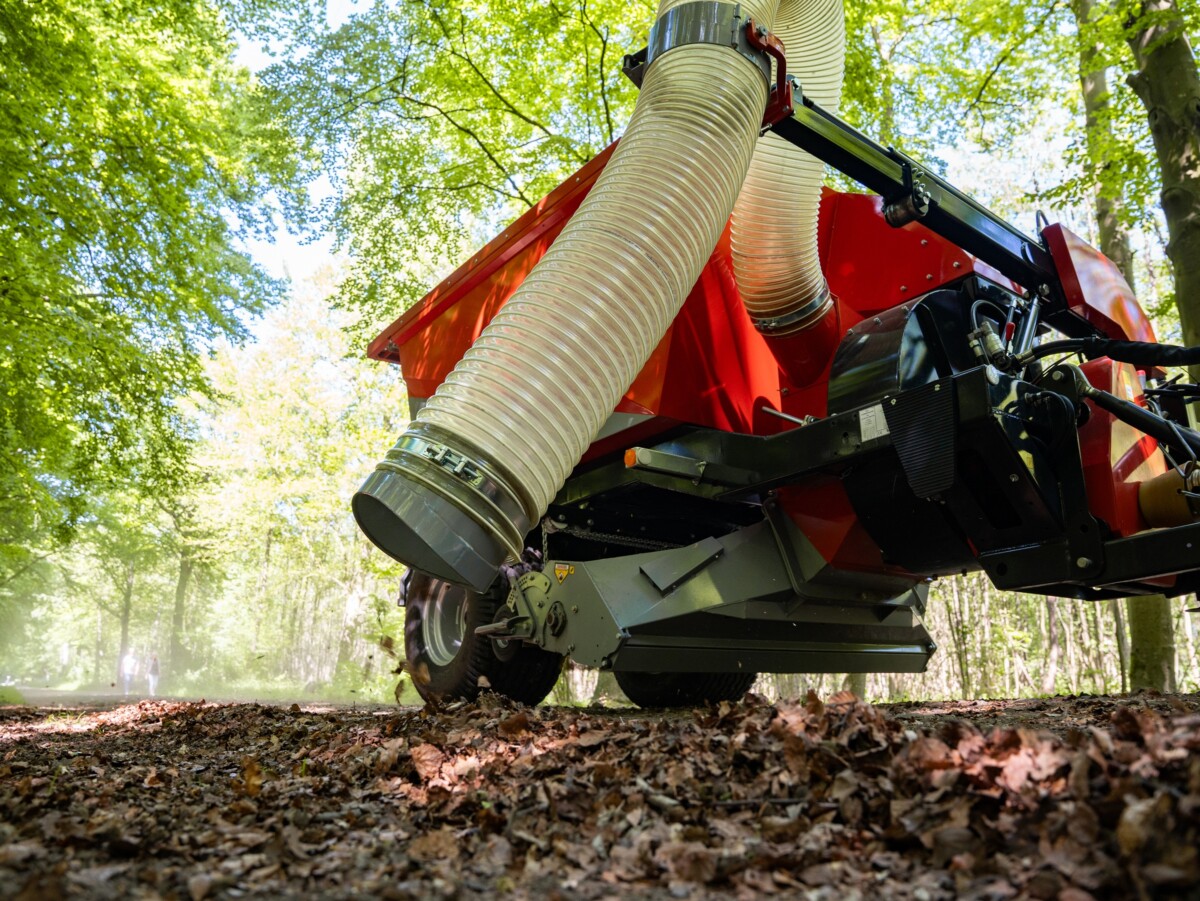2020 Vision On Soil Biology: A new generation of greenkeepers are promoting the huge benefits that soil biology can bring to course management.
That was a key message soil specialist Joel Williams delivered to course managers, head greenkeepers and grounds professionals attending Soil Biology Ltd’s seminar ‘Getting Ready for 2020’ at Harpenden Common Golf Club on 14 November.
For too long, greenkeepers had focused on the chemical and physical dynamics of turfcare, he stressed, in some cases without sufficiently considering the third key element – biology.
It is now clear that by nurturing relationships between grass plants, bacteria, mycorrhizae and other soil life such as nematodes, greenkeepers can dramatically improve course conditions year-round, he argued.
By adopting a soil biology approach, clubs can attract greater usage and more members, while enabling greenkeepers to deliver course maintenance more efficiently – a message chiming with young greenkeepers rising through the ranks.
“We are beginning a transition from a mainly mechanical approach to soil and turf health to a balanced focus as part of an integrated system that includes biological processes and systems,” Joel stated.
Mounting pressure on greenkeepers to find alternative applications amid tougher EU controls on applied chemicals had moved soil biology up the agenda, Joel told the audience.
Harpenden Common head greenkeeper Sean Brocklehurst, who sits on BIGGA’s Young Greenkeepers Committee, revealed how soil biology practices and processes using applied products such as zeolites, had transformed “extremely wet, unplayable greens” into golfing surfaces sustaining year-round playability.
“The club has attracted more business because of the improved playing conditions, which in turn allowed us to invest further in improving aesthetic appearance right across the course,” he said.
The greens team works closely with a consultant from Soil Biology Ltd, who visits the club regularly to ensure the strategy is working optimally.
Attending the seminar in his role as course manager at The Richmond Golf Club, BIGGA Chairman Les Howkins added: “No longer is soil biology on the edge of course management as perhaps it was 20 years ago.
“Soil biology has always been vital to turf health but what is critical now is greenkeepers’ understanding of it, enabling them to manipulate it for the benefit of course conditions.”
Outlining the principles of soil biology, Joel discussed the functions, roles and interactions of soil life in golf greens – introducing key groups of organisms in the soil ecosystem.
Delegates learned how to advance soil biology and leverage the most from turf soils by understanding total, exchangeable and soluble nutrient pools, including the biological link to foliar-applied inputs.
Integrated pest management concluded Joel’s overview as he peered into the frontiers of soil biology, turf health and sustainable, resilient golf greens.
Sponsored and developed by Soil Biology Ltd, `Getting Ready for 2020` also included overviews of the products and programmes the company provide for sportsturf maintenance.
Email Paul Adams at paul@soil-biology.co.uk or phone Hillery Murphy on 07342 640650 to learn more about how to introduce soil biology into a course management strategy.
For the latest industry news visit turfnews.co.uk
Get all of the big headlines, pictures, opinions and videos on stories that matter to you.
Follow us on Twitter for fun, fresh and engaging content.
You can also find us on Facebook for more of your must-see news, features, videos and pictures from Turf Matters



























